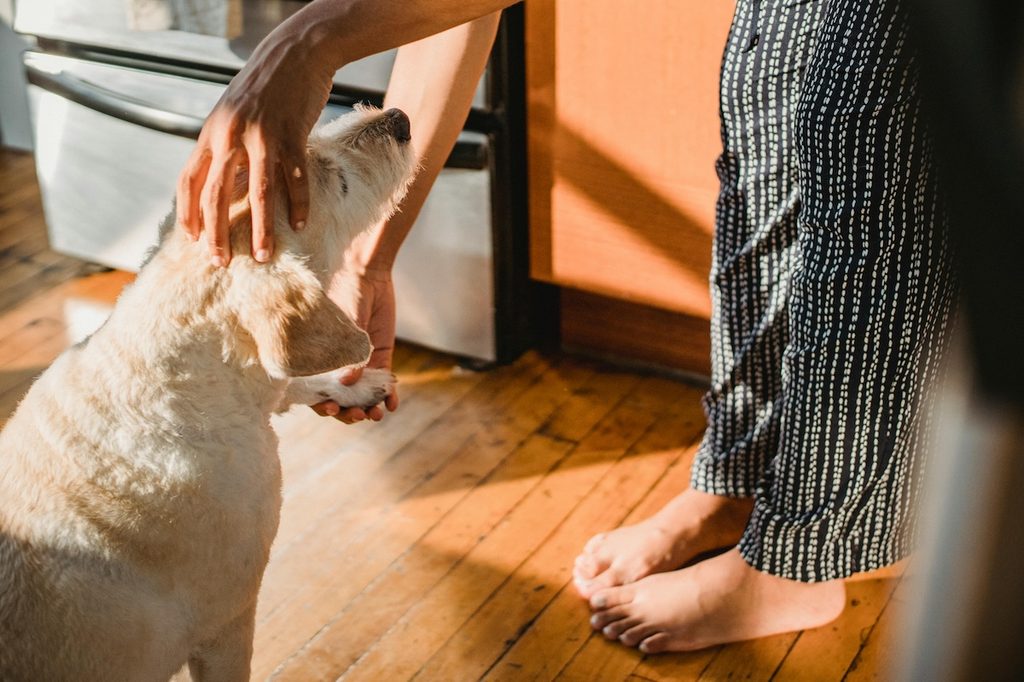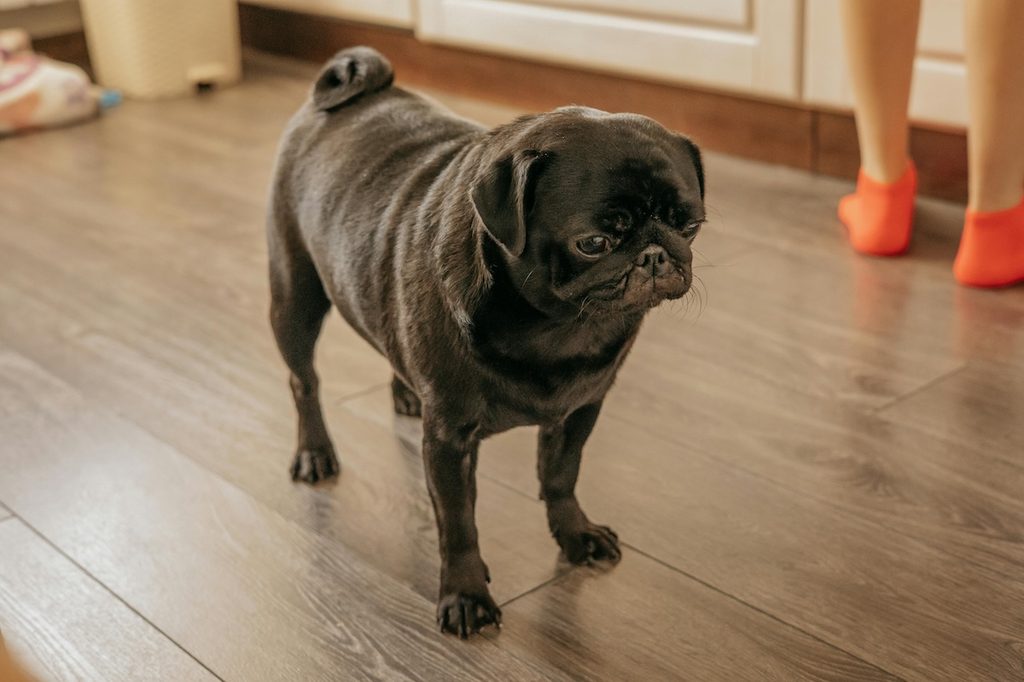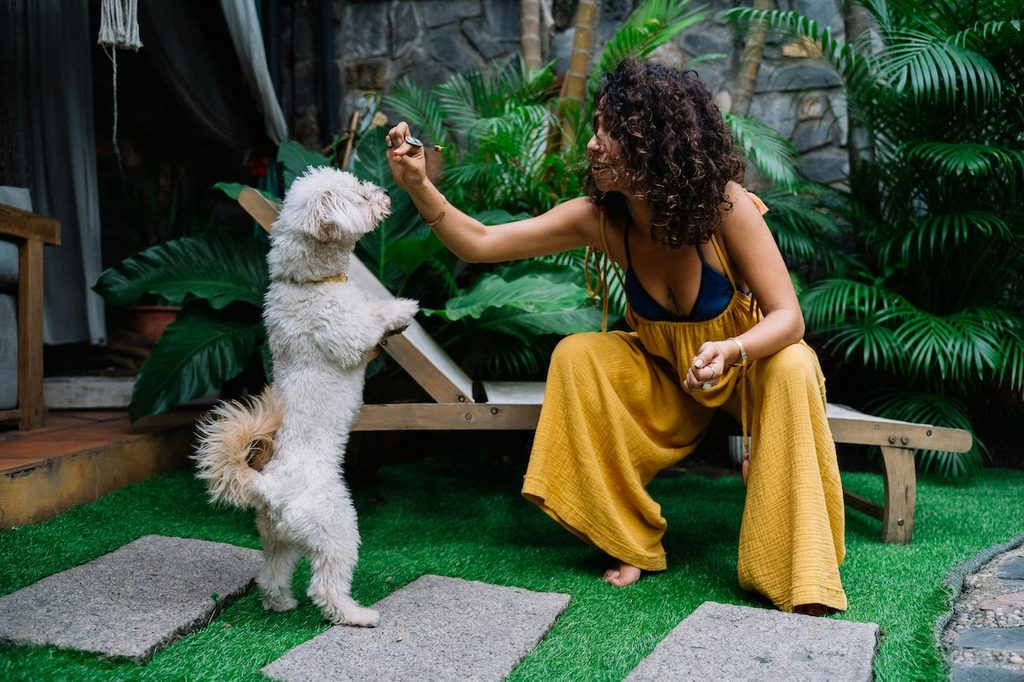Fad diets are par for the course in the human world. Yet, they exist for dogs, too. The green bean diet had a moment in 2010. The diet involved gradually swapping green beans for a portion of a dog’s regular food. The pet parent increases the portion of green beans and decreases the amount of regular food in increments until the dog reaches the desired weight.
Veterinarians disapprove of the diet. What about green beans, though? Can dogs eat green beans?
Green beans are indeed a nutrient-dense food for humans. The vegetable contains vitamins A, C, K, B6, and B9 (folates) and minerals, such as calcium, iron, potassium, and manganese. However, even so-called superfoods for humans, like avocados, pose health risks for dogs, and we want what’s best for our furry family members. Let’s dig into whether green beans are healthy — or even safe — for dogs.
Can dogs eat green beans?

Some human foods are toxic for dogs, but green beans aren’t one of them. Plain green beans are generally safe for dogs and can even qualify as a healthy treat for pups. The keyword is treat, though, and there are a few caveats to consider before serving a dog green beans.
Are green beans healthy for dogs?
The vitamins and minerals in green beans offer health perks for dogs. Green beans boast:
- Fiber (digestion)
- Protein (muscle development and coat)
- Vitamin A (vision)
- Vitamin C (immune health)
Additionally, fiber and protein can help with feelings of fullness, making a dog less likely to overeat. Green beans are also low in calories.
Notably, dogs don’t need these vitamins through green beans or any human food. A standard dog food with the AAFCO seal has all the nutrients most dogs need to thrive, and your vet can give you the best insights on nutrition for your pet if they need a specialized diet.
Green bean safety risk
Healthy treats can still pose safety hazards. Green beans are no exception, especially when prepared using certain ingredients, such as:
- Green beans with salt, which is often the case with canned vegetables
- Green beans cooked with oils and seasonings, like garlic and onions
- Large, whole green beans present a choking risk.
Additionally, pet parents will want to consider their dog’s weight before serving them green beans.
Many dogs are overweight or obese and at a higher risk for chronic conditions, including joint pain, heart disease, and diabetes. Dog parents want to give their pets the healthiest life possible, including assisting with weight loss efforts when possible. Green beans have fiber, protein, and few calories. Sounds like a slam dunk for weight loss, right?
Not necessarily. Green beans should be considered a treat since a dog’s vital nutrients come from their standard dog food. Ensure that about 90% of your dog’s food comes from their regular food. The rest can come from low-calorie treats, and green beans fit that bill. A vet may recommend fewer treats for dogs that need to lose weight.
How to serve green beans to a dog

Now that you know the pros and cons of green beans for dogs, you can decide whether you want to offer them as a treat. If the answer is yes, take these steps to make the experience a delicious (and safe) one for your pet.
- Wash the green beans. You might already take this step for yourself because green beans can have pesticide remnants. Do the same for your pet.
- Lower choking risks. Reduce choking odds by slicing green beans into smaller, thin slices.
- Start small. Gradually introducing green beans to your pet lets you monitor how they take to the treat and avoid overfeeding.
- Don’t season. Avoid seasonings like garlic and onions. (Reminder: They’re toxic.) Other seasonings can cause tummy aches, which aren’t fatal (but also aren’t fun).
Look for signs of discomfort like vomiting and diarrhea. If your dog displays these symptoms after eating green beans, this veggie may not be suitable for your pet. Also, decrease the number of green beans you share if your pet stops eating their regular food.
Final thoughts on dogs and green beans

Green beans are a nutritious dish for humans, and they have vitamins and minerals that also offer health benefits for dogs. Think of filling fiber and muscle-building protein. Yet, dogs get everything they need to thrive from standard dog food, so pet parents will want to consider green beans a low-calorie treat.
Additionally, plain green beans are the safest type to serve to a dog. Green beans seasoned with salt (including canned green beans), garlic, and onion pose health risks to dogs. Dogs that are obese may need to steer clear of treats or have fewer than pets at a healthy weight. Your pet’s vet is your best resource for nutrition advice.




